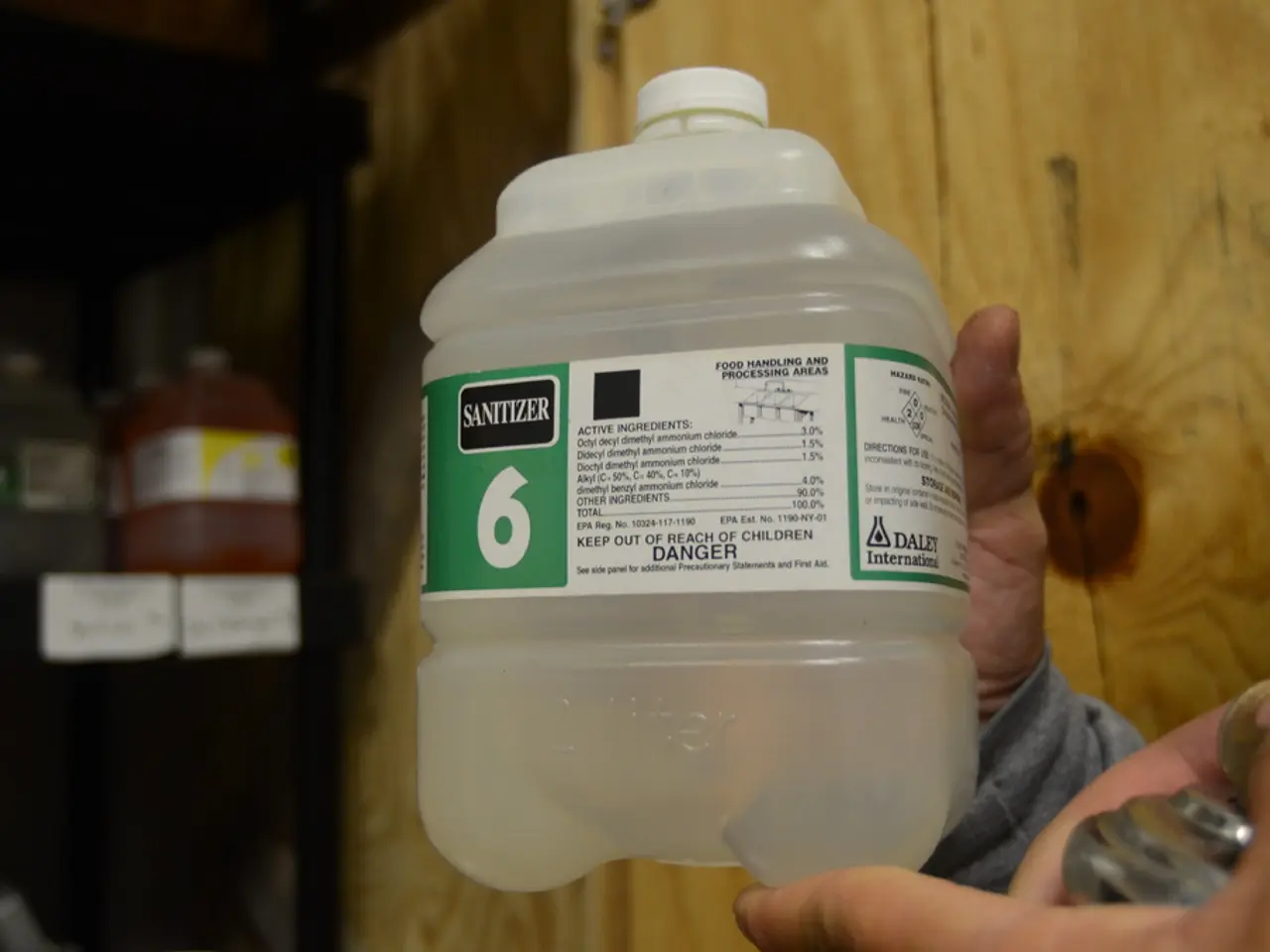Rubbing Alcohol vs Hydrogen Peroxide: Gentler, Faster, But Not Against All Pathogens
Household disinfectants rubbing alcohol and hydrogen peroxide are popular choices for maintaining cleanliness. Both are effective against various pathogens, but they differ in skin gentleness and usage specifics.
Rubbing alcohol, with a recommended concentration of 70% isopropyl alcohol, is gentler on skin and can be used as a hand sanitizer. It's effective against many bacteria, including Acinetobacter baumannii, E. coli, and Staphylococcus aureus, but not C. difficile spores. It can also disinfect some fabrics, though hydrogen peroxide may cause yellowing. To use, apply to surfaces and let it sit for at least 30 seconds.
Hydrogen peroxide, typically using 3-6% concentrations with added water, is too harsh for skin use. It's effective against bacteria, viruses, and fungi, including coronaviruses and influenza viruses. It's most effective when allowed to sit on surfaces for at least 10 minutes at room temperature. Both can disinfect hard surfaces like doorknobs and countertops, but repeated use may affect surface finish.
Rubbing alcohol and hydrogen peroxide are powerful disinfectants with distinct skin gentleness and usage requirements. While both are effective against many pathogens, their specific uses and precautions should be considered for safe and effective cleaning.





